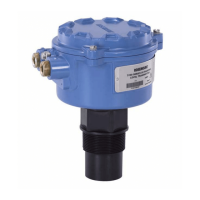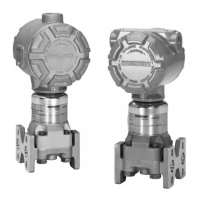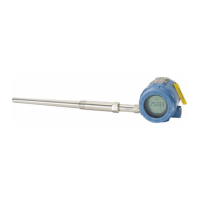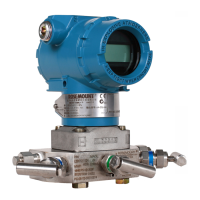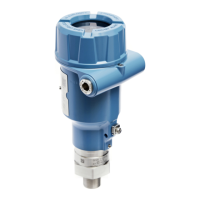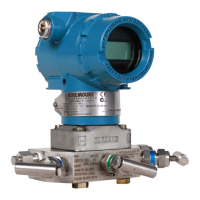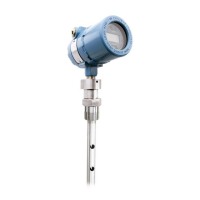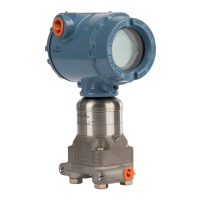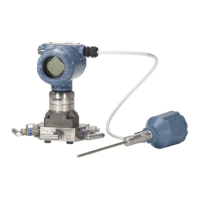4
Reference Manual
00809-0100-4840, Rev CB
Section 2: Transmitter Overview
February 2015
Transmitter Overview
2.1.1 Theory of operation
The Rosemount 3101, 3102, and 3105 transmitters are designed to be mounted above a liquid
and use ultrasonic pulses to continuously measure the distance to the liquid surface.
The microprocessor-controlled electronics calculate the distance to the liquid level from the
time delay between the transmitting and receiving of the signals.
When programmed with the bottom reference of the application, usually the tank bottom
(Figure 2.2), the transmitter calculates the liquid depth (level) and outputs the level as a
4–20 mA signal (and a digital HART
®
signal on the 3102 and 3105).
The 3101 calculates the level only and then outputs the result as a 4–20 mA signal.
The 3102 and 3105 can calculate level, contents (volume), or open channel flow, and then
output the result as a 4–20 mA signal and a digital HART signal.
A LCD screen inside the enclosure displays the selected measurement. Programming is achieved
using integral buttons inside the enclosure (all models), or by remote communication using
HART (on the 3102 and the 3105 only).
2.2 Components of the transmitter
The Rosemount 3101, 3102, and 3105 transmitters have a housing containing advanced
electronics for signal processing, and terminals for connecting the external power supply.
The electronics produces an ultrasonic signal from the transmitter face.
A comprehensive specification for the Rosemount 3101, 3102, and 3105 is in the section
“Specifications” on page 77.
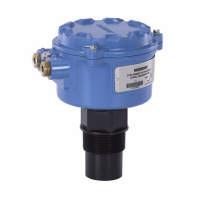
